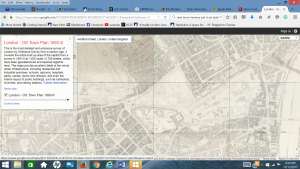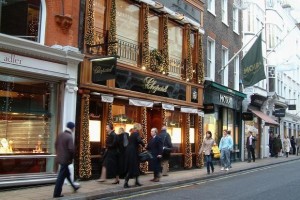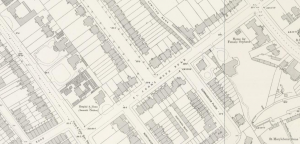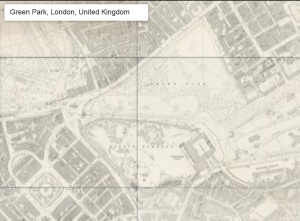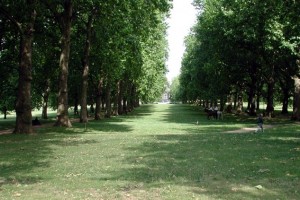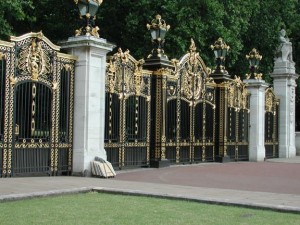The address of 152 Hertford Street does not exist. However Hertford Street is a real street in London, which originated during the building boom in 1760’s and is believed to be named after Hertford Arms which was an Inn and is no longer in operation. Hertford Street is home to Buckingham Palace and is known to be the high end area of London. The people who lived on Hertford Street were either well off or famous as we can see from the Booth Poverty Map. The crimes committed in the area are minimal such as theft (History of the area, n.d.).
This address is that of Alan Campbell, a young chemist that Dorian Gray has called for. His character is mentioned only briefly and then never to be mentioned again. However because of his part in the novel he is not forgotten. He looked up his name in the book. He was curious if he would come as he seemed a dark part of his past. Dorian calls him to dispose of Basil’s body after he has killed him. He refuses to do so at first but Dorian threatens him to expose him if he did not do what he asked. He reluctantly sends a servant to get the materials he needs to dispose of the body.
Alan Campbell lived in the apartment building and was a single guy. He seemed dependent on Dorian Gray even though he did not want to do his dirty deed for him. He had a hard time letting go of the past. In the novel Gray seemed to go after the younger men in an attempt to savor his youth. The painting aged him so much that he wanted to savor any part that he could. After Alan Campbell did away with the body Gray made him, he also committed suicide. Maybe his aesthetic lifestyle is just a show and he is a fraud.
 Hertford Street Victorian London
Hertford Street Victorian London
Works cited:
History of the area. (n.d.). Retrieved December 12, 2015, from http://www.hertford-street.co.uk/history-area
“Charles Booth Online Archive.” Charles Booth Online Archive. Web. 16 Dec. 2015.
“Booth Poverty Map & Modern Map (Charles Booth Online Archive).” N.p., n.d. Web. 12 Dec. 2015.

